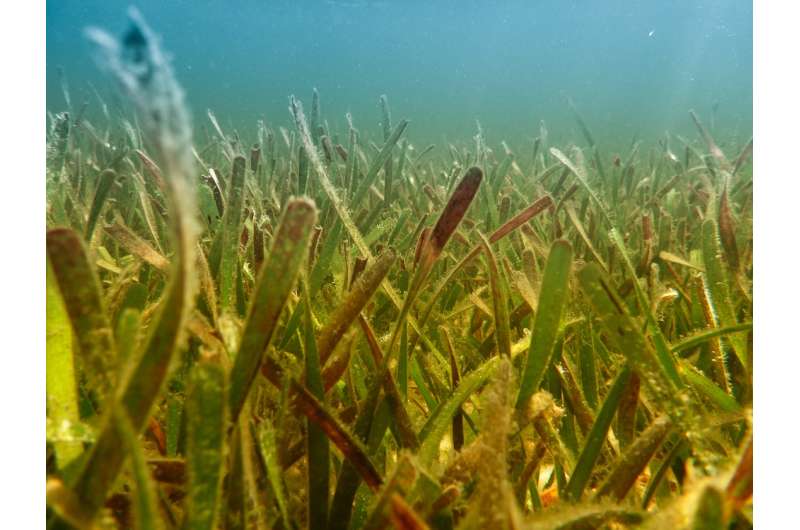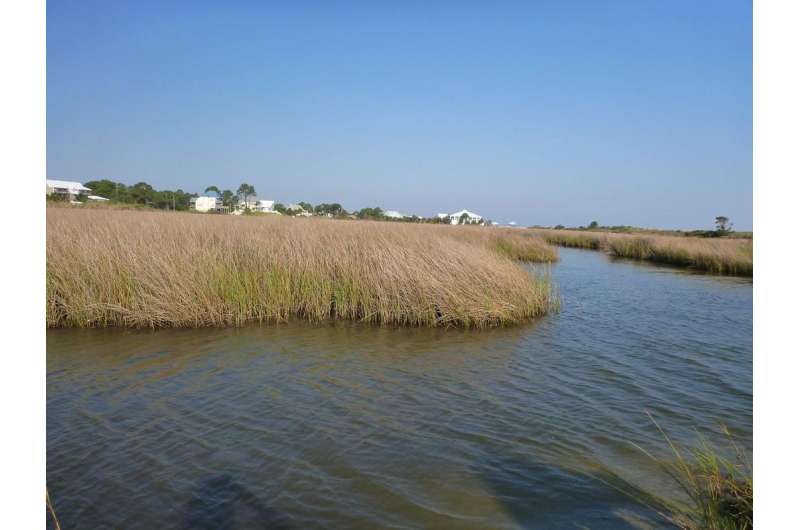Sequestering blue carbon through better management of coastal ecosystems

Focusing on the management of carbon stores within vegetated coastal habitats provides an opportunity to mitigate some aspects of global warming. Trisha Atwood from Utah State University's Watershed Sciences Department of the Quinney College of Natural Resources and the Ecology Center has collaborated with several co-authors from Australia, including lead author Peter Macreadie from Deakin University, in an article published in the May 2017 issue of Frontiers in Ecology and the Environment.
"If we are going to fight off climate change not only do we need to cut CO2 emissions," Atwood states. "But we also need to protect and restore natural carbon sinks like coastal wetlands."
Although vegetated coastal ecosystems occupy only 0.2 percent of the ocean's surface, they play a disproportionately large role in the capture and retention of global carbon. As a result, bio sequestration in vegetated coastal habitats, a process that takes up atmospheric CO2 and stores it for millennia in marine soils (e.g. blue carbon), is emerging as one of the most effective methods for long-term carbon storage.
Researchers are learning how to increase the sequestration of the blue carbon. Historically, resource managers have relied on best-management practices to protect and restore vegetated coastal habitats. Researchers now theorize that incorporating catchment-level management strategies in addition to the preservation of shoreline vegetation can help keep global warming to under 2 degreesC. These highly productive vegetated coastal habitats, including seagrasses, tidal marshes and mangroves, provide the best opportunities to capture and retain marine-based carbon.

Three key environmental processes influence blue carbon sequestration: nutrient inputs, bioturbation and hydrology. When these processes are altered by human actions, such as eutrophication of coastal ecosystems, it can result in large amounts of CO2 and methane being released back into the atmosphere. Managing these three processes provides the best option to protect the carbon with its' long-term storage capacity.
"Wetlands have a tremendous capacity for storing carbon long-term," Atwood said. "This research highlights three ways in which we can protect and improve this capacity."
She and her co-authors demonstrate that these actions have the potential to profoundly alter rates of carbon accumulation and retention in vegetated coastal habitats around the globe.
More information: Peter I Macreadie et al, Can we manage coastal ecosystems to sequester more blue carbon?, Frontiers in Ecology and the Environment (2017). DOI: 10.1002/fee.1484
Journal information: Frontiers in Ecology and the Environment
Provided by Utah State University

















